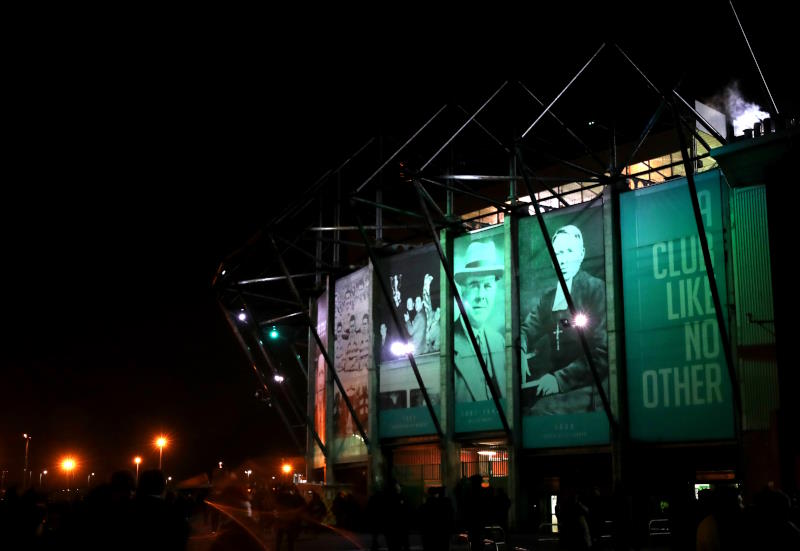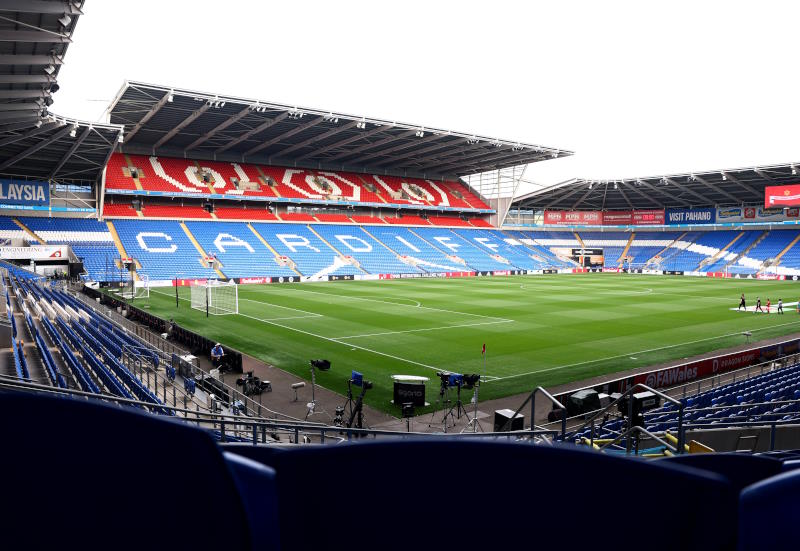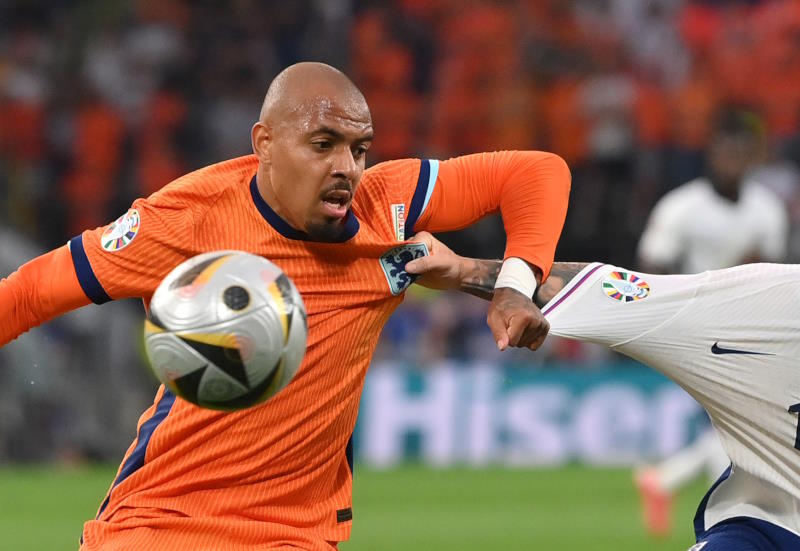
With Euro 2012 here, fans across the continent are salivating at the prospect of a month watching the best players in Europe fight for glory. With major tournaments though, come significant tactical shifts and trends. What should be expected in Poland/Ukraine?
The early part of the new century was marked by a defensively minded 4-5-1, which perhaps had its most glorious moment as Greece won the 2004 European Championship, though Otto Rehhagel’s side changed formation to adapt to their opposition throughout that tournament. The subsequent emergence of Spain and Barcelona as the best country and club teams in the world has meant that sides have played the more attacking 4-3-3. However, the last World Cup saw many teams, characterised by Holland, field two defensively-minded midfielders in a 4-2-3-1.
Euro 2012 could mark the emergence of another innovation, which has been quietly gathering pace – the 3-4-3, or 3-4-2-1. Napoli have employed the system to great effect in recent years. The Italians have two defensive-minded central midfielders playing alongside two attacking wing backs in a four, who can drop back into defence when without the ball. This forms a ‘back seven’ of sorts, but in two banks.
On the counter attack, Napoli then look to feed the ball into Ezequiel Lavezzi, Edinson Cavani or Marek Hamsik. The trio have the skill and tenacity to hold the ball up and make the play on their own, but then with wing backs running forward to support, Napoli can overwhelm their opponents on the break. This explains why so many of the club’s victories come against the top teams, and in particular away from home. In fact, they were the only team to beat Juventus in normal time last season, in the Italian Cup final.
And nowhere has this system and its variants been used more than in Italy. Indeed, 17 of the 20 Serie A sides used a back three in 2011/12. Italy coach Cesare Prandelli has the perfect chance to use the system too, with Domenico Criscito sent home from national team duty to clear his name after being questioned in relation to the (latest) match-fixing scandal. Prandelli has the entire Juventus backline; Gianluigi Buffon in goal, and defenders Leonardo Bonucci, Andrea Barzagli and Giorgio Chiellini. Having lost their last three friendlies, to Russia, the United States and Uruguay, without scoring a goal, Prandelli may be even more tempted to make a radical change. But given that so many of his players would be used to the system, perhaps it would not be such a huge risk.
Prandelli appears interested in the innovation, too. “We’ll try it, even if I’d like to keep an extra midfielder,” he said. Italy’s current system would not lend itself easily to the 3-4-2-1 admittedly, as the Azzurri use four central midfielders in a rotating pivot of sorts, involving naturalised Brazilian Thiago Motta, Claudio Marchisio, Daniele De Rossi and Andrea Pirlo.
There is a compelling argument for change. Antonio Di Natale, top scorer for the last two years in Serie A, but yet to figure under Prandelli, is used to playing in a team which has a back three at Udinese, whilst Pirlo and Marchisio play for Juventus and so would be prepared for the system.
If Italy follow suit in their first game they would perhaps come up against the side most equipped to handle it – Spain. And not just because La Roja are the world and European champions. Much of the Spain team is based on the Barcelona side which has used the same formation to good effect when necessary. Trailing 1-0 early on in 2011/12’s first clasico, then-Barcelona coach Josep Guardiola shuffled his defence around, pushing Daniel Alves forward and bringing Sergio Busquets back to create a back three, a midfield four and the usual three-man attack.
That was the most obvious use of the system, but often Barcelona appear to be playing a variant of 3-4-3. The Catalans usually have Sergio Busquets playing just in front of the side’s two centre backs as an auxiliary defender when their full backs go forward. Guardiola increasingly saw the game as one based around the midfield and midfielders. He has used midfielders in both defence and attack frequently, making the team more rounded, and this underlines the intelligence of the system. Going forward it can create as much as an eight-man attack, while defensively it can create a nine-man defence. And so Spain may also be well placed to use the formation this summer if looking for a plan B.
The 3-4-3 has gone beyond these two countries though. In England, Wigan Athletic used the system to superb effect in their stylish clamber away from the threat of relegation from the Premier League. Their success however is as much down to the intelligence and innovative nature of the system as it is to the fact that other teams do not know how to cope with it. Manchester United, Arsenal and Newcastle, at the top end of the table, were all left without ideas after coming up against the formation. As teams in England tend to play with one striker, it means that there is no need for three centre backs, and when on the attack one can be released to charge forward, as Maynor Figueroa and Gary Caldwell did to great effect at times for Wigan boss Roberto Martinez. The system even prompted new Liverpool manager Brendan Rodgers to tamper with his highly effective formation at Swansea and test out the merits of the 3-4-3.
Executed properly, teams coming up against this system can find themselves outnumbered defensively without the ball, but with it, up against what seems like an ultra-defensive set-up.
By contrast an attacking 4-2-3-1 involves a seven-man attack, with the two centre backs and one of two central midfielders more defensive. But defensively this only creates an eight-man defence, and that is presuming the wingers track back. That is far from guaranteed, whereas in the 3-4-2-1 or 3-4-3 the wide players, whether a withdrawn attacker or an advanced full back, have a less advanced starting position.
There is a clear trend towards more attacking systems, typified by Spain and also evident in the more exciting 21st century Germany team. Sweden and Denmark both have a more attacking mentality than usual, as have the Italians, whilst France’s talent is disproportionately spread around their forward line. By contrast Holland, if they persist with two defensively-minded central midfielders, could struggle to impose themselves at Euro 2012.
This means an effective counter-attacking force could pose an interesting tactical problem for some of the favourites. The 3-4-3 or 3-4-2-1 has shown itself to be an effective and efficient system at club level. The question is can it be adapted to international football? Given that the international game is not as quick as club football, there is good reason to think it could, as it may be expected that a team who can sit back and soak up pressure before launching a sophisticated short passing based attack should be able to take advantage of one who press and attack relentlessly. Whether or not it catches on at Euro 2012, the three-man defence is certainly back on the rise.












